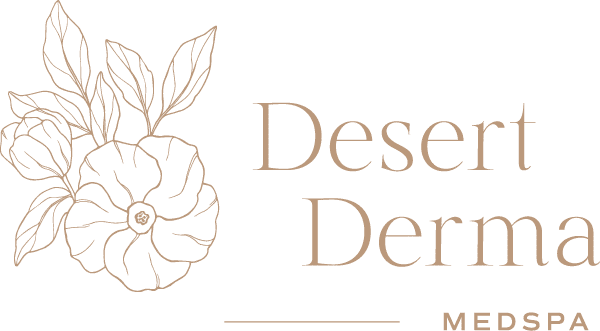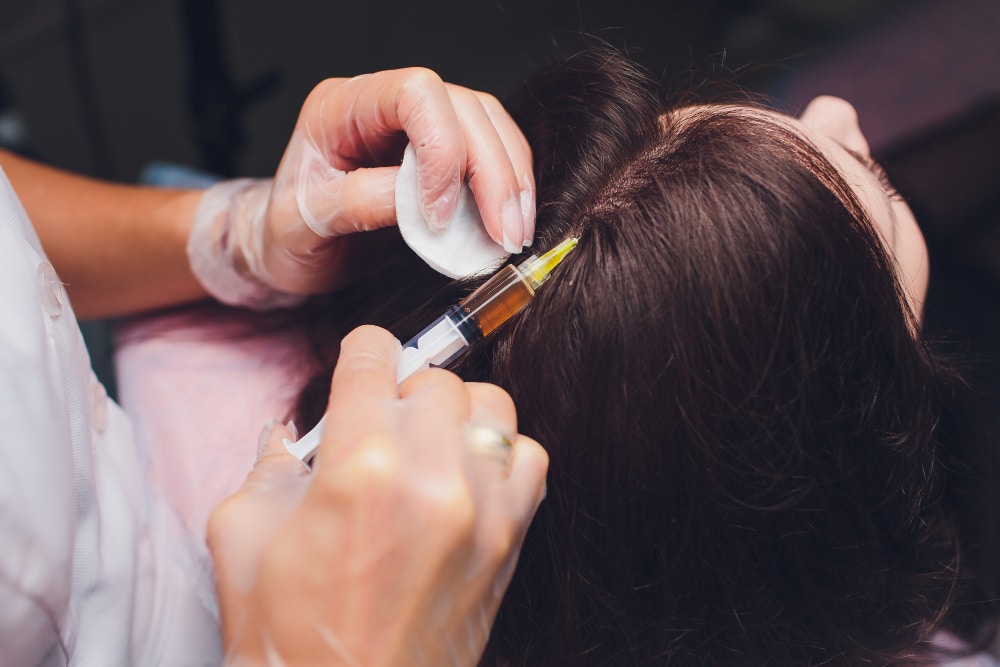Platelet-Rich Plasma (PRP) therapy has been gaining popularity in recent years as a safe and effective treatment for a variety of conditions. It involves using a patient’s own blood to create a concentrated solution of platelets and growth factors, which is then injected back into the body to promote healing and tissue regeneration. From hair restoration to joint pain relief, PRP therapy offers a wide range of applications with promising results.
What Is PRP Therapy?
Platelet-rich plasma (PRP) is a concentrated solution derived from a patient’s own blood. To obtain PRP, a small sample of blood is drawn and then spun in a centrifuge to separate the platelets from the other components of the blood. The resulting platelet-rich plasma contains a high concentration of growth factors and other bioactive molecules that can promote healing and regeneration when injected into injured or damaged tissues.
Applications of PRP Therapy
PRP therapy has numerous applications, including:
- Orthopedic injuries. PRP injections can be used to treat injuries to joints, tendons, and ligaments, such as tennis elbow, Achilles tendonitis, and knee osteoarthritis.
- Skin rejuvenation. PRP can be injected or applied topically to the skin to stimulate collagen production, improve skin texture, and reduce the appearance of fine lines and wrinkles.
- Hair loss. PRP injections into the scalp can promote hair growth and thickness for individuals experiencing hair loss.
- Dental procedures. PRP can be used during certain dental procedures to promote tissue regeneration and reduce bleeding.
- Sexual wellness. PRP can be injected into the genital area to improve sexual function and treat conditions such as erectile dysfunction and vaginal dryness.
- Chronic pain. PRP injections can treat chronic pain conditions such as plantar fasciitis and chronic tendonitis.
The Benefits of PRP Therapy
- Natural and non-invasive treatment option
PRP (Platelet-rich plasma) therapy is a natural and non-invasive treatment option that has gained popularity in recent years due to its numerous benefits. Since it uses a patient’s own blood, PRP therapy is considered a safe treatment option with minimal risk of allergic reactions or infections. Additionally, PRP therapy is a natural treatment option that does not involve the use of synthetic or artificial materials, making it an appealing option to those who want a more holistic approach to healthcare.
2. Faster healing and recovery times
PRP therapy has been shown to have faster healing and recovery times compared to traditional treatments. This is because the therapy stimulates the body’s natural healing process, which can accelerate tissue repair and regeneration. PRP therapy can also reduce inflammation and pain, which can further aid in the healing process.
In addition, since PRP therapy is a non-invasive treatment, minimal downtime or recovery is required. This means patients can return to normal activities soon after the procedure.
3. Reduced risk of infection and other complications
PRP therapy reduces the risk of infection and other complications because the treatment involves using the patient’s blood, reducing the risk of an adverse reaction to foreign substances. Additionally, PRP therapy is a minimally invasive procedure, which further reduces the risk of complications. This makes PRP therapy a safe and effective treatment option for many patients.
The PRP Therapy Process
The PRP therapy process typically involves several steps:
- Consultation. The PRP therapy process begins with scheduling a consultation with a qualified healthcare provider specializing in the treatment. During this consultation, the provider will review the patient’s medical history and assess whether PRP therapy is an appropriate treatment option.
- Blood draw. If the patient is deemed a good candidate for PRP therapy, the next step is to draw a small amount of blood. After that, the blood is centrifuged to separate the platelet-rich plasma from the remaining components.
- Platelet-rich plasma extraction. Once the blood has been separated, the platelet-rich plasma is carefully extracted from the sample. The amount of plasma extracted will depend on the specific treatment and the patient’s needs.
- Preparation for injection. Once the PRP has been extracted, it may be combined with other substances, such as growth factors or stem cells, to enhance its therapeutic effects. The PRP is then prepared for injection into the target area.
- Injection. Finally, a sterile needle injects the PRP into the target area. The provider will typically use ultrasound or other imaging techniques to ensure that the PRP is injected into the precise location where it is needed.
After the PRP injection, the patient may experience some mild discomfort or swelling at the injection site, but this usually resolves within a few days. Depending on the specific treatment being performed, patients may require multiple PRP therapy sessions to achieve optimal results.
Potential Side Effects and Considerations
While PRP therapy is generally considered safe, there are some potential side effects and considerations to consider.
First, since the treatment involves injecting plasma into the body, there is a risk of infection. However, this risk is minimal because the plasma is extracted from the patient’s blood, reducing contamination risk.
Other potential side effects include pain, swelling, and bruising at the injection site. Typically, these side effects are just mild and resolve on their own within a few days.
On the other hand, several individual factors may affect the efficacy of PRP therapy. These include:
- Age. Younger patients tend to respond better to PRP therapy than older patients.
- Overall health. Patients with underlying medical conditions, such as diabetes or autoimmune disorders, may not be good candidates for PRP therapy.
- Medications. Certain medications, such as blood thinners, may affect the efficacy of PRP therapy.
- Smoking. Smoking can impair the body’s natural healing processes and may reduce the effectiveness of PRP therapy.
- Severity of injury. The severity of the injury or ailment being treated may influence how well PRP therapy works.
In addition, PRP therapy may not be suitable for pregnant aside from people with certain medical conditions or taking certain medications that may not be eligible for the treatment. As with any medical treatment, discussing the risks and benefits with a qualified healthcare provider before undergoing PRP therapy is important. An experienced provider can also properly assess whether PRP therapy is the right treatment option for a particular condition and provide personalized guidance and care throughout the process.
The Bottom Line
PRP therapy is a rapidly growing and increasingly popular treatment option for a variety of conditions. At Desert Derma Medspa, we understand the importance of natural and effective treatments for various skin and hair concerns. With the breakthrough PRP therapy – the future of regenerative medicine – you can experience the healing power of your own blood.


